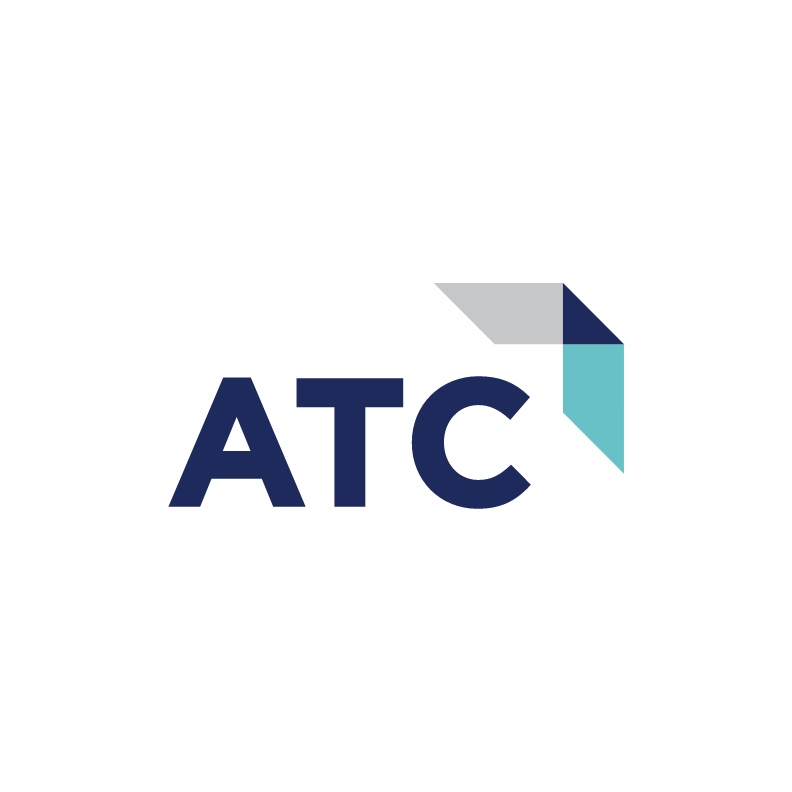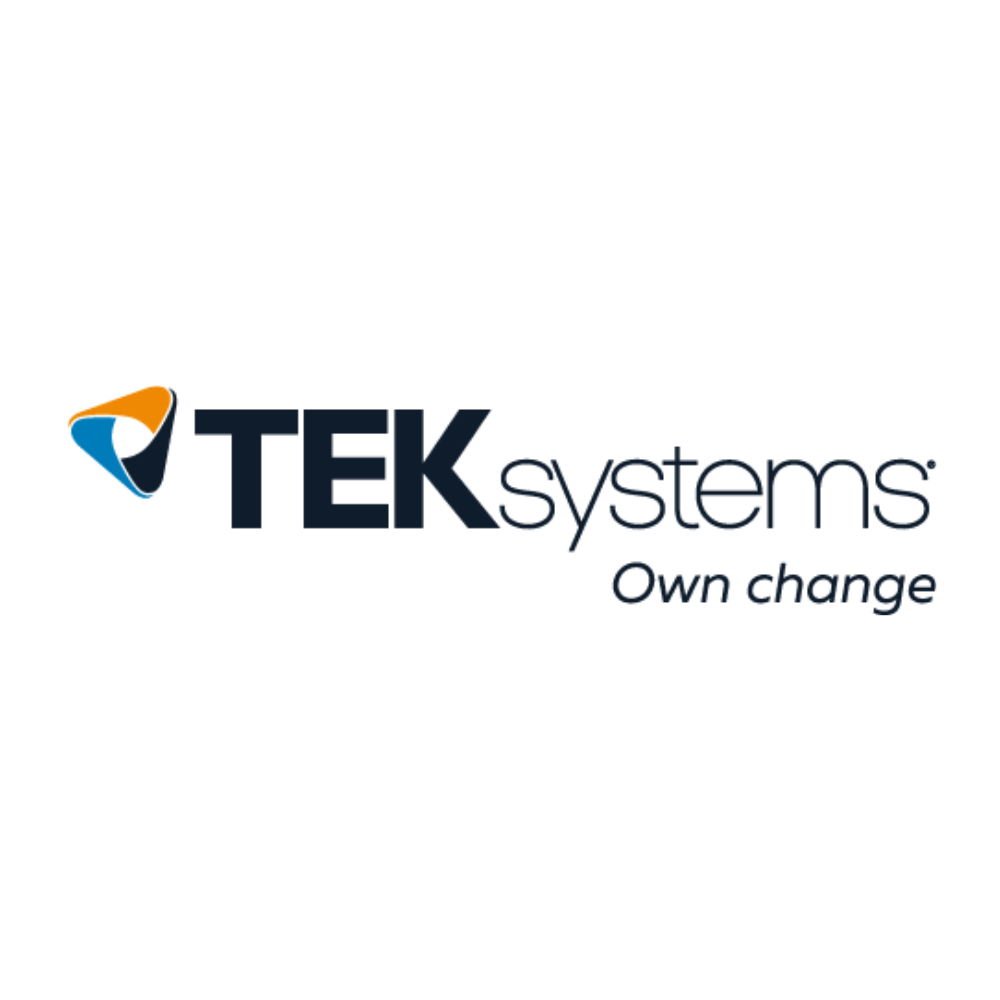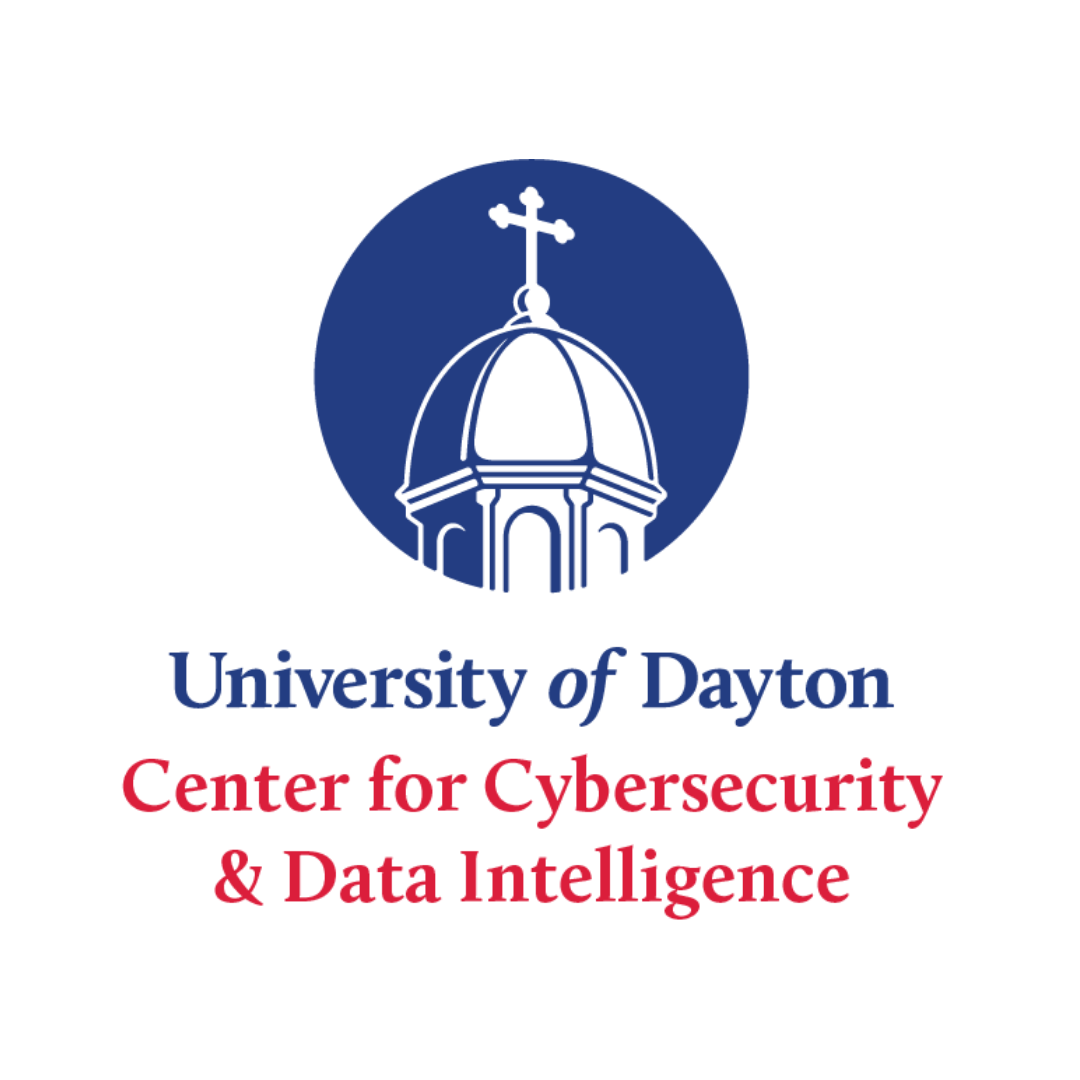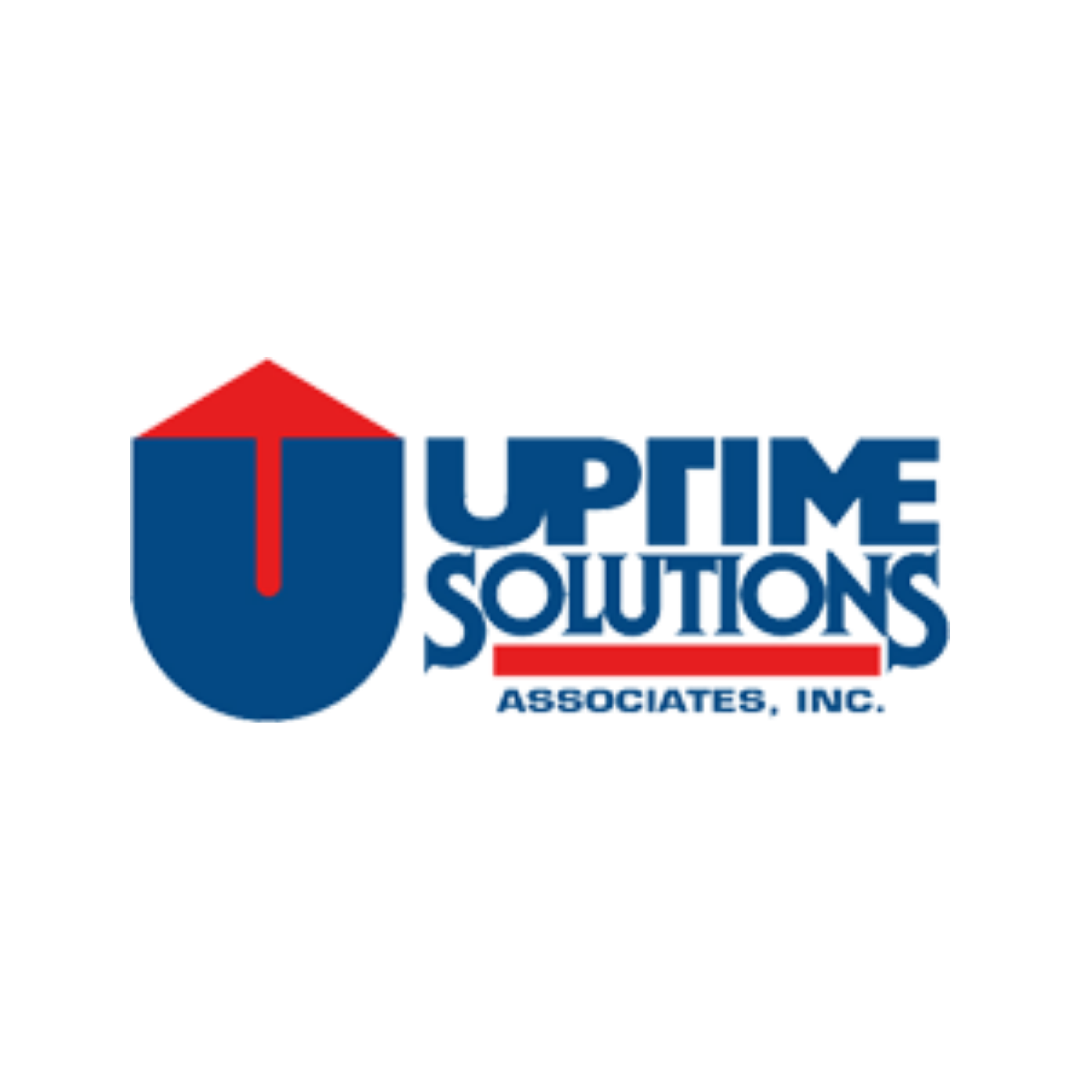
Technology First sat down with Greg Muir, Director, Technology Operations Management at Premier Health, to talk about the risks and rewards of remote and hybrid workplaces. Here is our conversation.
Technology First (TF): Why are employers considering adopting a new remote work philosophy? Or, for employers who currently have one, expanding their remote work philosophy?
Greg Muir (Greg): Remote work has been around for years and in my opinion, the benefits are undeniable. When COVID forced the issue for many people, it escalated implementation and forced all employers to look at not only their short-term remote work philosophy to deal with COVID, but also to consider their long term plans post-COVID.
TF: Why is remote work top-of-mind for employers today? Why would they want to implement it?
Greg: First, to enhance employee satisfaction and engagement. Employees who have participated in successful remote work experiences would view stopping it as taking a valuable benefit away from them. People have seen that it can be effective, and they enjoy the benefits associated with working remotely. For example, the reduction of travel time alone allows for more work time for the employer and more personal time for the employee. A remote work option can be a difference maker when an in-office employee weighs staying in their current position against moving to a new employer who offers a remote work option.
Second, remote work can attract talent. Rather than recruiting workers from Dayton, Ohio areas that are within driving distance, we can consider employees in other regions, states, and possibly other countries, without the need for a move. This greatly increases our potential labor pool.
Also, employers can reduce their real-estate and office costs for their workforce that works remotely. Costs such as building acquisitions, space rental, and even utilities like electricity, heating, and air conditioning can create savings. So, in summary, there are benefits both to the employee and the employer.
TF: How do you effectively communicate with a hybrid or fully remote staff? For example, how do you ensure everyone is clear on strategies and goals?
Greg: That is something that requires a very deliberate effort. There is a strong need for tools like Microsoft Teams or Zoom. We need to have interactive discussions around how our work impacts the organization’s strategies and goals; it can be more difficult to recognize that impact working remotely. So, you need to constantly talk about that and keep it front of mind when you’re having team meetings and talking with employees. We need to use the 7x7 concept of communicating: 7 ways at least 7 different times. This can be calls, Zoom meetings, written communications, videos, webinars, even kudos for projects well done and how they supported our strategies and goals. When possible, there is value to in-person gatherings as well. Many times, we will have an in-person gathering with a remote option for people that can’t attend. For example, if they live across the country, we’ll conference them in, but I still believe that there is a lot of value in getting together and having that personal touch with employees.
TF: What are the risks of having remote employees? How are you mitigating them?
Greg: There are risks, but there are things that you can do to address those risks. Like always, we need to keep data security in mind. When you’re working from alternate workspaces, you have the potential for people to use insecure or public Wi-Fi, or someone may use an unauthorized device. To mitigate some of these things, you must have good policies and procedures in place. You also must implement security tools like private networks, time outs, and secure network connections.
You also must keep productivity in mind. One of the fears employers of remote workers have is losing productivity. You must make sure you have both clear goals and measurable outcomes documented. Standards for acceptable response times can help with this. For example, if someone emails or communicates via voicemail, then you must have standards in place for when you expect return communication.
It also helps to have consistency of remote work across the organization. What I mean by that is, you need to have Human Resources involved to help create policies and to provide transparency and clarity across the entire workforce. That way policies are consistent for everyone across the company and not under control of each department. For example, you can have single or multiple computing devices. If I work hybrid, then I could have a computer at home and a computer at work and you must have a policy for that. Also, if the employee has a problem, how are they going to get device support to help them through that problem? There are pieces that are the employee’s responsibility and parts that are the employer’s responsibility. It must be documented so that both parties understand what the employer provides as well as what the employee needs to provide.
TF: How has going hybrid added to your infrastructure costs? For example, are you paying for employees’ high-speed internet?
Greg: Employee high-speed internet is a requirement to work remotely with our company. It is the employees’ responsibility to make sure they have good internet connectivity in place, and they bear the expense for that. We thought that may be an issue early on, but honestly, we haven’t seen many issues because most people who want to work remote already have required internet access in place for their personal lives. We did have to put measures in place to strengthen our remote access. We had to increase circuits, add security measures, upgrade our security to the latest versions, and use dual-factor authentication. We also had to make sure these measures did not negatively impact our services that were already remote. For example, a lot of our radiologists are contracted and read exams remotely. We moved them to their own circuits so they would not be impacted when we added in a thousand employees at the same time. Before COVID, remote access was mostly for support purposes, for example, IT support, and clinicians used it to access records in the middle of the night. But it’s a different ballgame when you’re going to have people logged on, working, utilizing video, utilizing sound, and having 1200 – 1400 people on at the same time. This impacts your infrastructure, and you must ensure that you have capacity to handle the additional volume.
TF: How has the new arrangement affected Premier’s culture?
Greg: It has been affected. We constantly work to build an environment of trust and to stay connected to all our employees. To do that, we organize regular formal and informal team meetings with time for Q&A and feedback. We also use things like virtual kudos so we can do shout outs and we try to personalize those because there are many times in the office when you would see people in person and thank them for their help on a particular project or task, but, when you’re not seeing people every day, it makes it a little more challenging to do that. So, we’ve implemented some tools to do it electronically so that it notifies both the employee and their supervisor. That way they can get positive feedback from them as well as their supervisor. We also have Town Halls and forums with options for in person or virtual. Those are important for making sure that everyone understands the mission, strategy, goals, our progress, and emphasizing corporate values. With us, employee engagement is constantly a top priority. We work very hard to make sure our employees are satisfied. If there is an issue, we stay on top of it because it can snowball quickly when people are working remotely.
TF: How have you marketed a hybrid option to attract talent?
Greg: We have some, but there is always room for improvement. Some of our postings specify that remote work is an option, but I feel that we could do a better job on the front end to both market to and attract future employees looking to work remotely. So, rather than waiting for people to come to our website and apply for positions, we need to advertise to people that may not be in our area or may not know a remote option is available. For most employees, the ability to work remote some or all the time is very important when you’re choosing a job. And, like we talked about earlier, it gives us a much larger labor pool to pull from.
TF: How is the hybrid model accelerating your digital transformation? In other words, are the existing business processes, culture, and/or customer experiences better or worse with hybrid?
Greg: The hybrid model isn’t something that only our work force desires. What we’re seeing is that our customers have also shifted and many of them demand hybrid systems of care. So, we have a very active and growing telehealth program, and we are constantly implementing new programs that can improve both patient care and the customer experience. We need to be open both to patients that would rather be seen in person and offer remote solutions for our patients who prefer to be seen remotely. Today, many people want to get things taken care of from their telephone or from their iPad, so we need to be able to handle that as well from our end. Telehealth is a very important strategy for us as we move forward.
TF: Do you think a hybrid workplace is here to stay?
Greg: There is not a one size fits all answer to this question. I see some very large companies such as Tesla and Apple that are bringing employees back to the office while others are expanding their remote work options. So, I don’t think it’s the same answer for everyone. I believe that a hybrid workplace is here to stay because if you implement correctly, both the business and the employees can benefit.
From an employee perspective, remote work avoids commute time, it can be better for wellbeing, and it provides flexibility for family needs and other obligations. If used appropriately, it can help people feel more productive and connected to the organization because we’re considerate of their time. So, that 30-40 minutes to work and 30-40 minutes home can be used for either more personal time or to get more work done.
From the employer perspective, remote work can be a great recruiting tool, reduce expenses for office space, and, if used right, it can really create a more engaged workforce that’s closely tied to your organization. Employers must constantly work to build employee trust, encourage communication, and set clear expectations. You must make sure you have remote working strategies along with good tools, policies, and procedures to help team members stay productive, efficient, and connected while working from home.
For all these reasons combined, I believe that remote work, if you implement it properly, and you have the appropriate tools and controls in place, can be a win/win for both the employees and employers. So, while there are advantages and disadvantages, I believe that the pros outweigh the cons for a hybrid workplace. I think it’s here to stay.















.png)


